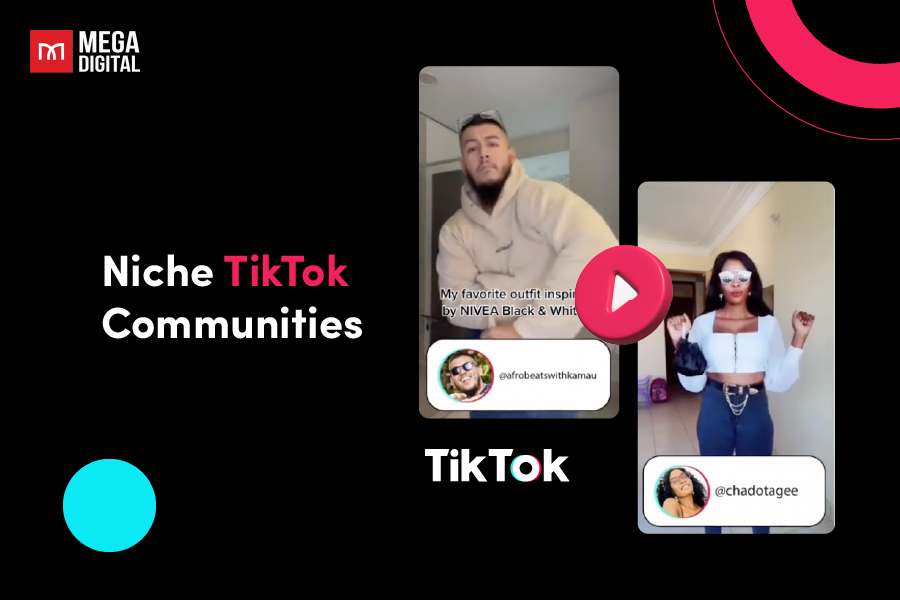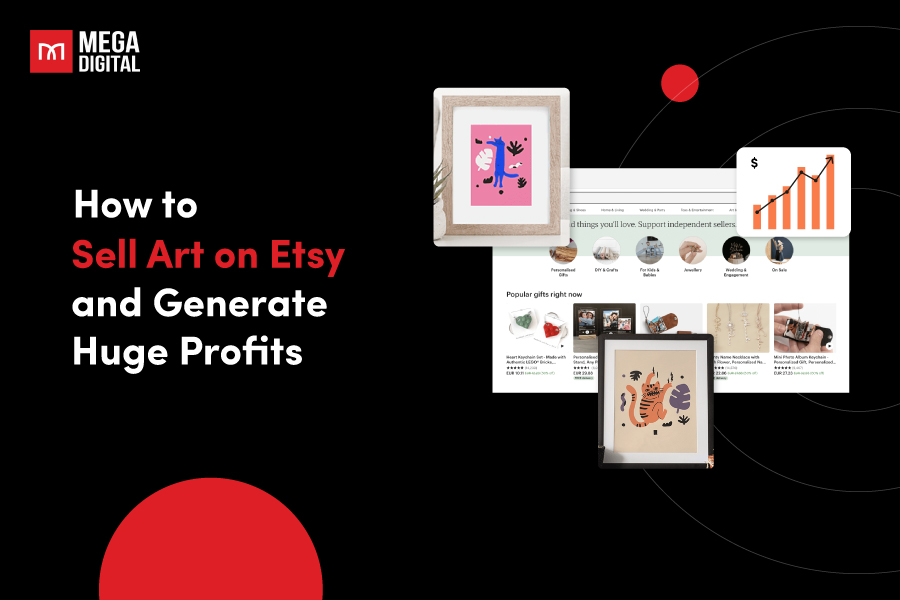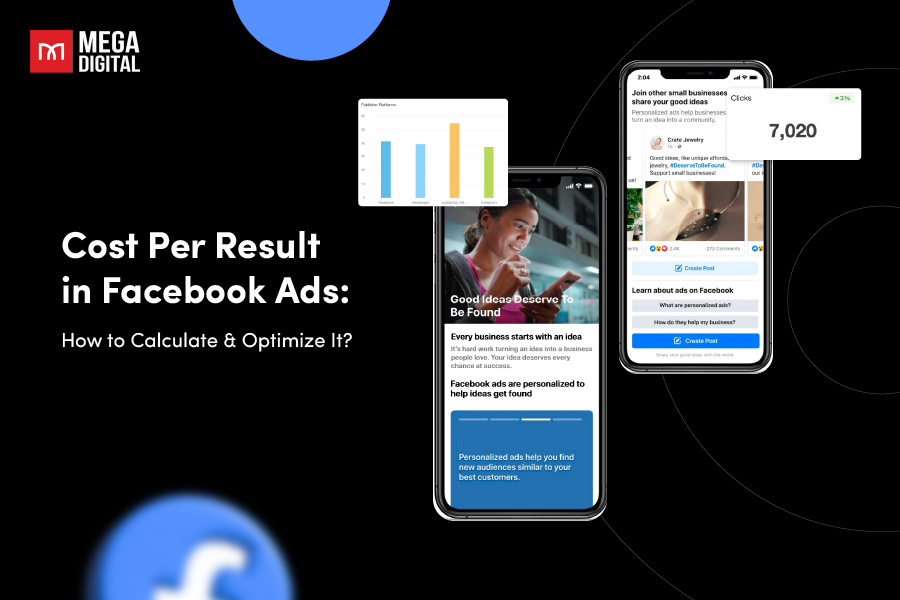Do you find it difficult to decide between organic vs paid social media strategies? Although both might strengthen your brand, you can make a better choice if you are aware of their main distinctions. Let’s examine each strategy, discover its advantages, and choose which one best suits your objectives and financial budget.
What is Organic Social Media?
Organic social media includes all the content you post on your business profiles without paying to promote it. This includes posts, stories, and videos shared directly with your audience, designed to engage and attract followers naturally.
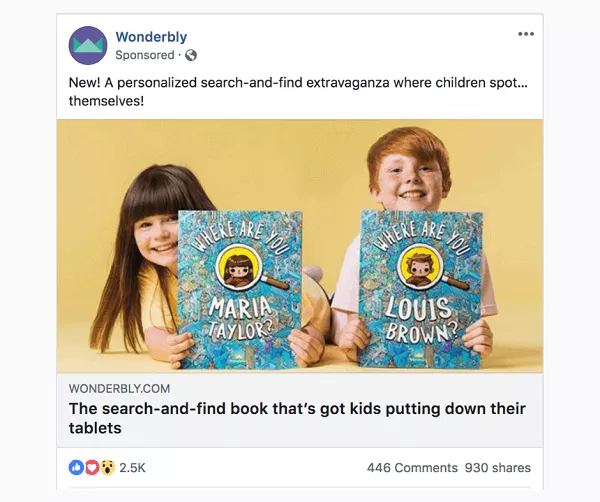
Besides, organic posts are free, making them a cost-effective strategy for brands. However, it can be quite difficult and time-consuming to achieve significant reach or engagement without paid support. This approach focuses on building relationships, fostering brand loyalty, and creating community engagement with followers who already have an interest in your content.
What is Paid Social Media?
Paid social media involves any content that a brand pays to promote. By paying for ad placements, businesses can reach a wider audience faster and tailor their messaging to specific demographics or interests. This is especially helpful for brands that want to grow quickly, reach new markets, or promote specific products.
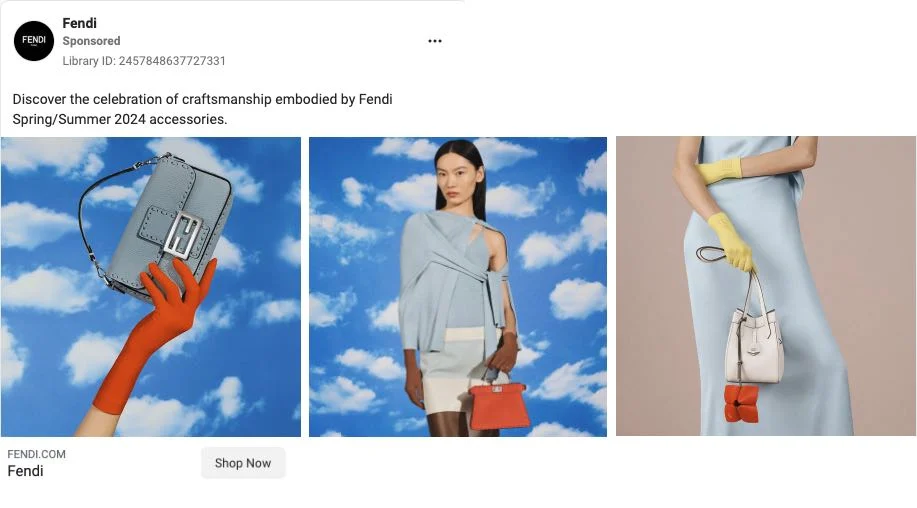
Paid ads can run on many platforms, including TikTok, Facebook, Instagram, and LinkedIn. These ads appear in various placements, such as feeds, stories, and even apps, offering flexibility to suit different business needs. Whether your business is aiming for visibility, engagement, or conversions, you can strategically choose where and how their ads appear to achieve their goals.
Key Differences Between Organic and Paid Social Media
When choosing between organic and paid social media, it’s essential to understand how each performs across various aspects, from reach to engagement quality. In this part, I will give you a deep dive into the key differences that will help you decide which approach best matches your brand’s goals.
#1 Platforms
Choosing the right platform can make or break your social media strategy, especially when weighing organic versus paid options.
| Aspect | Organic Social Media | Paid Social Media |
|---|---|---|
| Platforms | Typically Facebook, Instagram, LinkedIn, Twitter, etc. – primarily reaching existing followers. | Facebook, Instagram, LinkedIn, TikTok, Twitter, Messenger, and even search results – reaching both existing and new audiences. |
| Content Reach | Limited to followers and those who discover the brand through shares, hashtags, or organic search results. | Broader reach due to ad placements in feeds, Stories, Messenger, and search results, extending beyond the existing follower base. |
| Engagement | Engagement primarily from followers; nurtures loyalty and brand community over time. | Engagement is driven by targeted reach and wider visibility, allowing faster growth among new audience segments. |
| Audience | Target followers or users who find your content organically; may require consistent engagement to grow reach. | Reaches specific demographics through precise targeting options (age, interests, location, behaviors) that are customizable per ad. |
Conclusion
Organic social media thrives on engagement from followers who already support your brand, so choosing platforms where your audience is active is crucial.
Paid social media allows more flexibility across various platforms and can help your brand tap into new audience segments effectively.
#2 Reach and Visibility
When it comes to reach, organic and paid social media operate on 2 very different scales.
Organic Social Media
Reaching people organically on social media is a slow game, largely influenced by algorithms. Platforms like Facebook prioritize posts from friends and family over brands, which means only 5-10% of your followers are likely to see your posts. On Instagram, even with its vibrant visual appeal, organic engagement rates hover around 0.6%.
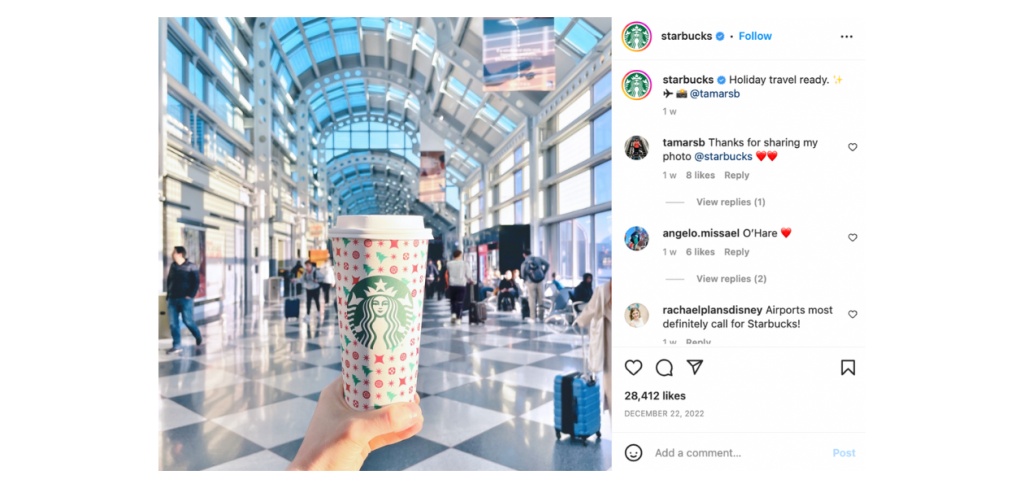
For example, Starbucks regularly posts about new product launches, seasonal offerings, and promotions on Instagram. Despite having over 20 million followers, only a fraction of them actually see each post, as organic reach on Instagram is limited by the algorithm.
Unless Starbucks’ followers engage with these posts or share them, the content remains largely invisible to those who aren’t already interacting with the brand’s profile. This also means while organic content helps maintain ongoing engagement, building broader visibility requires more than just posting regularly.
Paid Social Media
With paid social, your reach is amplified significantly, as ads can target new audiences beyond your existing followers. Paid campaigns can also secure premium placements in feeds, stories, or even search results, making it more likely that a broader audience will see and interact with the content.
Plus, the scale of paid social media is enormous:
- Facebook has over 2.9 billion monthly active users (MAUs) for broad targeting.
- Instagram reaches 2.35 billion MAUs, ideal for younger, visually driven audiences.
- TikTok, with its 1.2 billion MAUs, excels at connecting with Gen Z and Millennials through short-form, engaging ads.
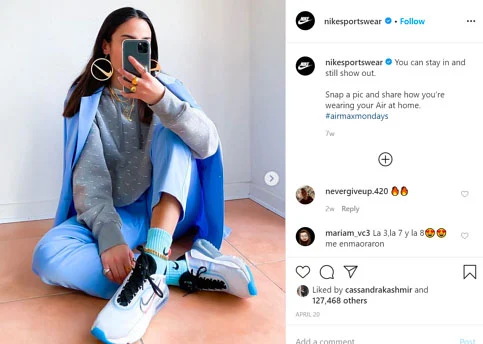
For example, during the release of the Nike Air Max, Nike ran targeted Instagram and Facebook ads aimed at a specific demographic: young adults, ages 18-34, interested in streetwear, fitness, and sneaker culture.
The ads reached millions of potential customers beyond just Nike’s follower base, tapping into an audience of sneaker enthusiasts who may have never engaged with the brand’s page.
Conclusion
If reaching a wider audience quickly is a priority, paid social media is the better choice. For gradual, more personal growth within your current follower base, organic social media is highly effective.
>>> Read more: SEO vs PPC: Which Strategy Should Your Business Invest In?
#3 Audience Targeting and Segmentation
While organic strategies rely on existing relationships, paid campaigns enable laser-focused targeting to reach new demographics.
Organic Social Media
With organic social media, targeting happens naturally and is often limited to your existing followers or those who discover your content through shares, hashtags, or search algorithms.
This type of reach works well for engaging a loyal audience, building trust, and fostering brand advocacy. However, segmentation options are minimal since you rely on your audience to grow organically, which can take time and consistent effort.
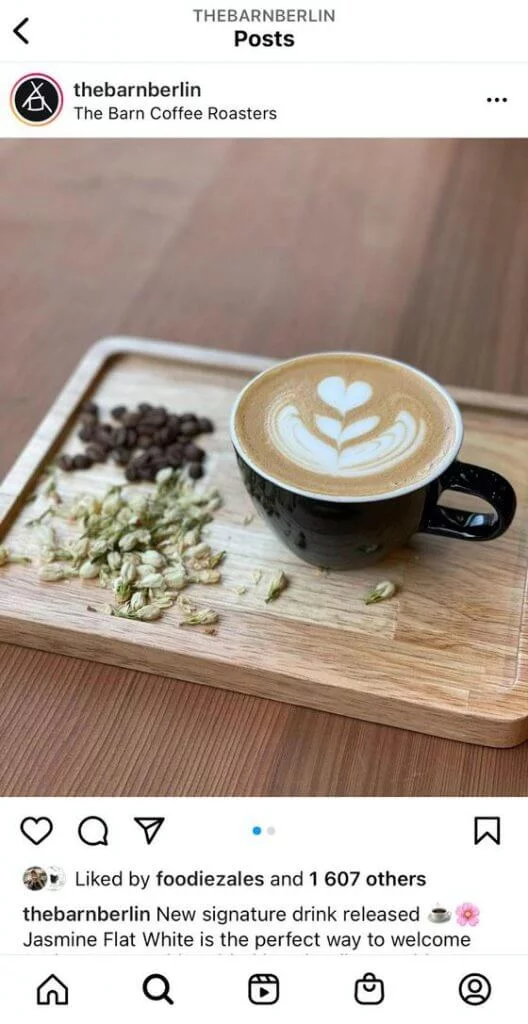
Consider a local coffee shop with 2,000 followers on Instagram. They share a post about a new seasonal drink, and most engagement comes from their regular customers who already follow them.
While the post could reach a wider audience through hashtags or if followers share it, the targeting is organic and limited to those already familiar with the brand. Therefore, growth here depends on time, consistent posting, and word-of-mouth exposure.
Paid Social Media
Paid social media offers advanced targeting capabilities that go far beyond the reach of organic efforts. Using Facebook, Instagram, and TikTok ads enables brands to target users by demographics, location, interests, behaviors, and even past purchase history, which allows you to segment your audience and tailor your campaigns for maximum relevance.
Plus, what sets paid ads apart is their ability to create separate, highly precise audience segments for different campaigns. For example:
- You can target first-time buyers with an introductory offer while simultaneously running a retargeting campaign for abandoned cart users.
- Brands can focus on interest-based segments, like fitness enthusiasts or tech lovers while tailoring another ad for local shoppers in a specific city.
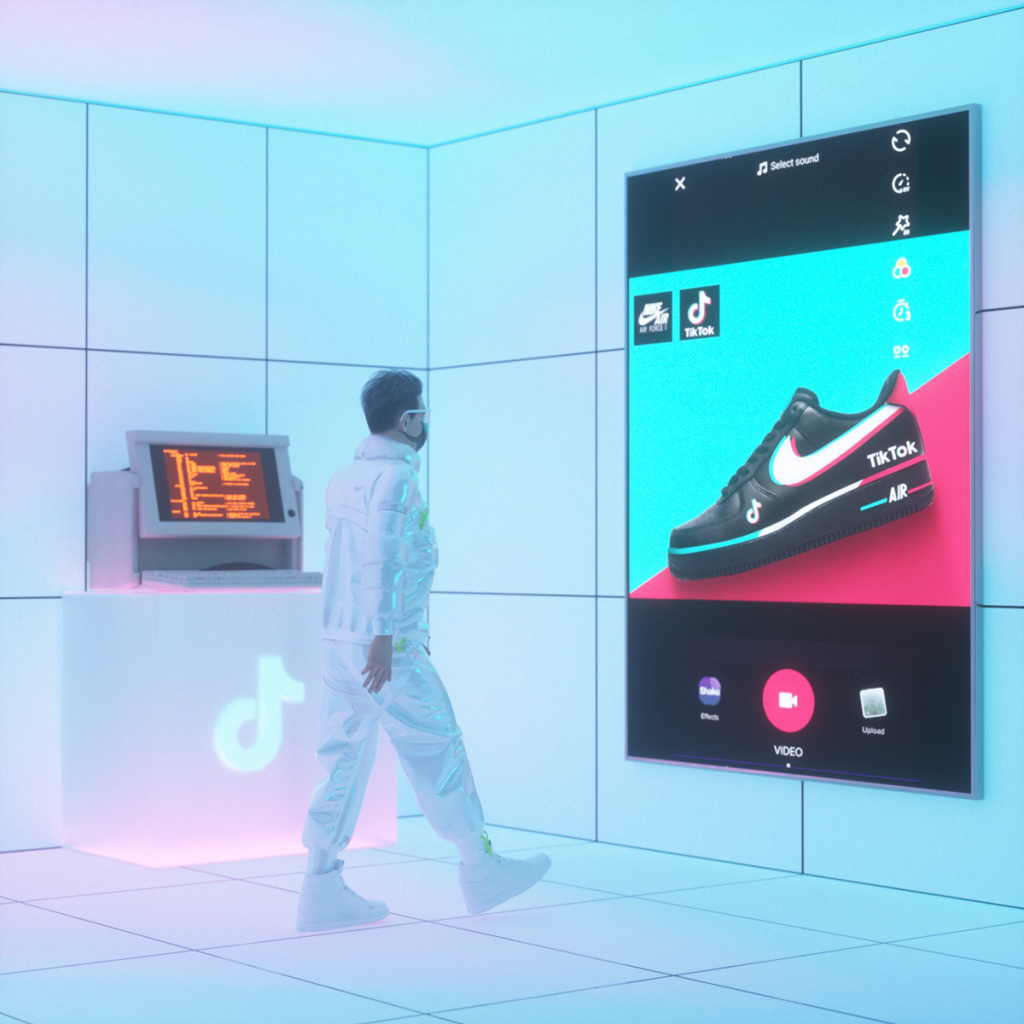
Nike, for instance, launched a paid campaign on TikTok to promote back-to-school sneakers. Using TikTok’s targeting features, they segmented their audience by age (13–18), interests (sports, fashion, and school supplies), and location (urban areas with high youth engagement).
The campaign then reached millions of teenagers who were likely to purchase trendy footwear for the school season, which allowed Nike to optimize their budget and achieve significant sales growth within a short period.
Conclusion
Organic social media helps you engage existing followers and build brand trust over time but lacks the tools for precise segmentation. Paid social media, however, offers advanced audience targeting, allowing brands to effectively reach niche demographics and achieve rapid growth.
Therefore, for brands aiming to scale or penetrate new markets, paid social media is a game-changer.
>>> Read more: PPC vs SEM: Which Marketing Method Is Better for Your Business?
#4 Content Longevity and Lifespan
The lifespan of content on social media can significantly impact how much value you get from it. Organic and paid social media offer different levels of content longevity, with each providing its own set of advantages and limitations.
Organic Social Media
Organic content has the advantage of lasting longer. Once a post is shared, it can continue to circulate and engage users over time. For instance, if your post gains traction and is shared by followers, it may keep appearing in feeds or even surface as a recommended post later.
However, the visibility of organic content tends to decrease unless it continues to receive interactions or is reshared.
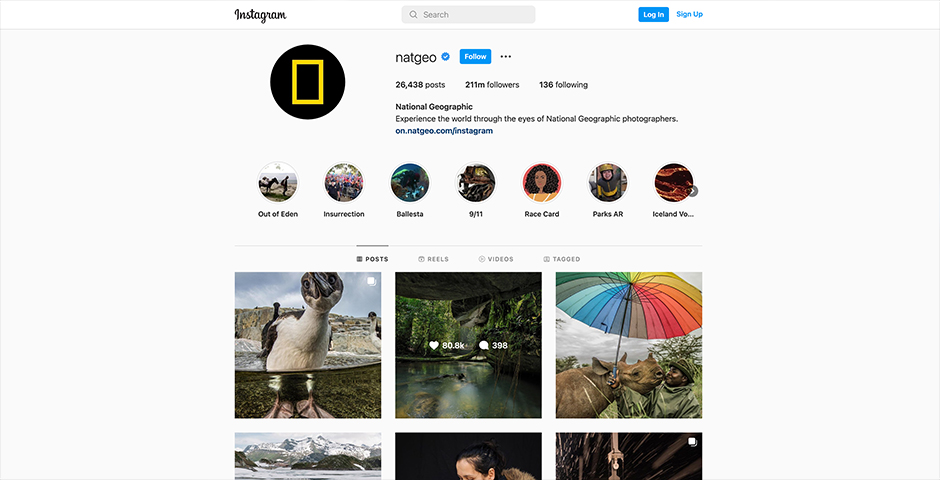
For example, National Geographic’s Instagram posts, often featuring stunning photography and stories about the natural world, have long-lasting engagement. Many of their posts continue to generate likes and comments months after being published.
Their organic posts also get reshared frequently, extending their lifespan. The brand has built such a loyal following that many posts continue to appear in users’ feeds, even after they’ve been posted for a while.
Paid Social Media
Paid content, on the other hand, is much more transient. Once the ad budget runs out, the content disappears from your paid placements, and its visibility is reduced to the audience you’ve already reached.
Paid campaigns are great for quick boosts in visibility and engagement, but they don’t have the longevity of organic posts. That said, you can repurpose paid content for organic engagement, like posting successful ads to your feed or Stories after the campaign ends.
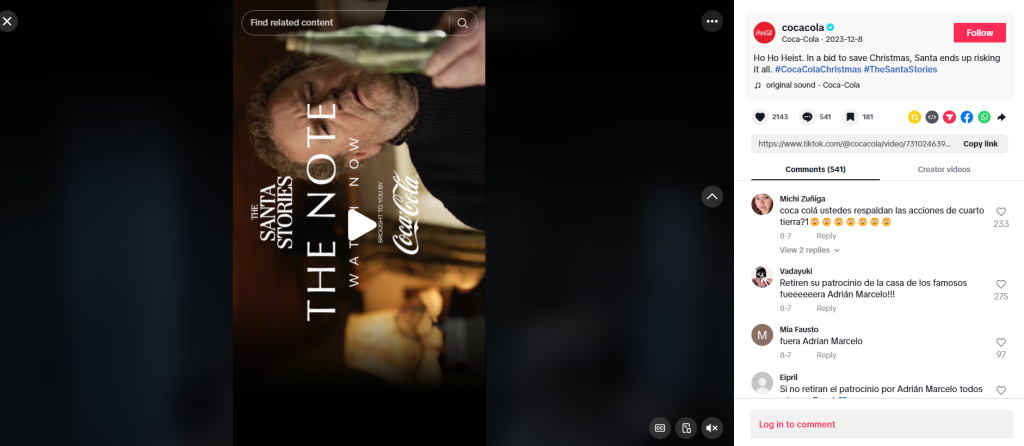
Coca-Cola often runs paid campaigns for special events, like the holidays or sports seasons. Their paid ads are seen in users’ feeds during the campaign period, but once the ads stop, the content’s reach is limited. However, Coca-Cola can repurpose these ads later, reusing them for other campaigns or reposting them as organic content to continue engagement beyond the ad’s life.
Conclusion
While organic social media allows content to have a longer lifespan and potentially extend its reach over time, paid social media content is more short-term, providing quick visibility during a campaign but losing its momentum once the paid placement ends.
For sustained engagement, organic social media is key, while paid social can be a powerful tool for immediate impact.
#5 Engagement Quality
The way users interact with organic versus paid content often reflects their level of connection with your brand. Understanding these differences can help you tailor your strategy to drive meaningful outcomes.
Organic Social Media
Organic engagement is rooted in authenticity and genuine interest. It comes from followers who actively choose to connect with your content, making their likes, comments, and shares more meaningful and leading to long-term relationships and a loyal customer base.
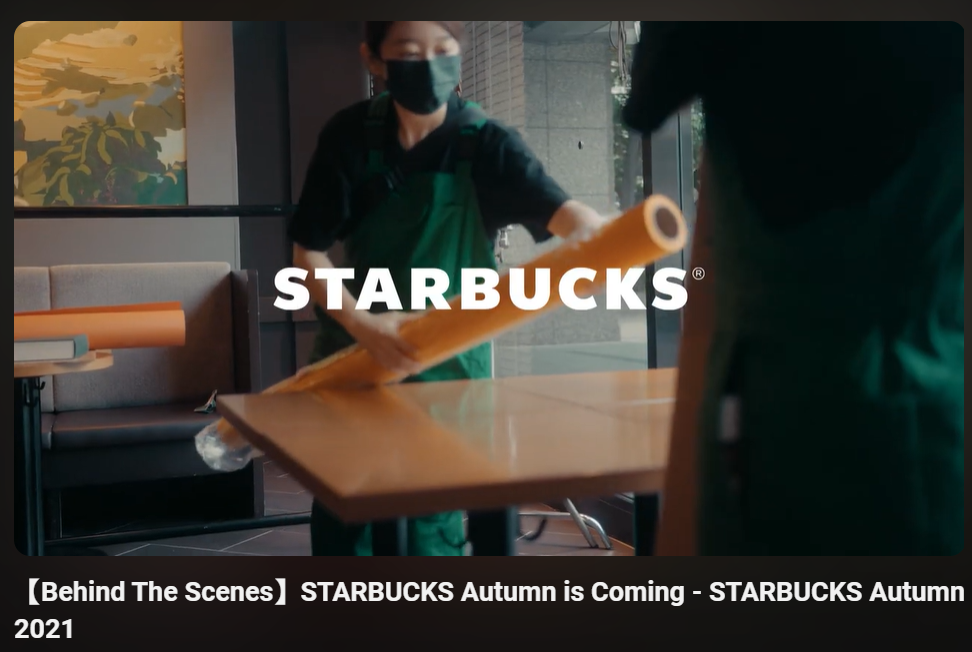
Starbucks is an excellent example of how organic engagement can build community. When the brand posts content on Instagram, like featuring a seasonal drink or a behind-the-scenes look at how their drinks are made, their followers, who are already invested in the brand, tend to engage by commenting, sharing their own photos, and even discussing their experiences with other customers.
This engagement goes beyond the likes or shares; it’s about creating conversations and building relationships that result in lasting customer loyalty. Starbucks’ followers often feel like they are a part of something bigger, like a community that values personal connections.
Paid Social Media
On the other hand, paid social media can drive high volumes of engagement quickly but tends to produce more transactional interactions. Paid ads reach users outside your current follower base, many of whom may only engage with the content for the immediate value it offers, rather than forming a long-term relationship with the brand. The goal is usually to generate clicks, conversions, or awareness, but not necessarily loyalty.
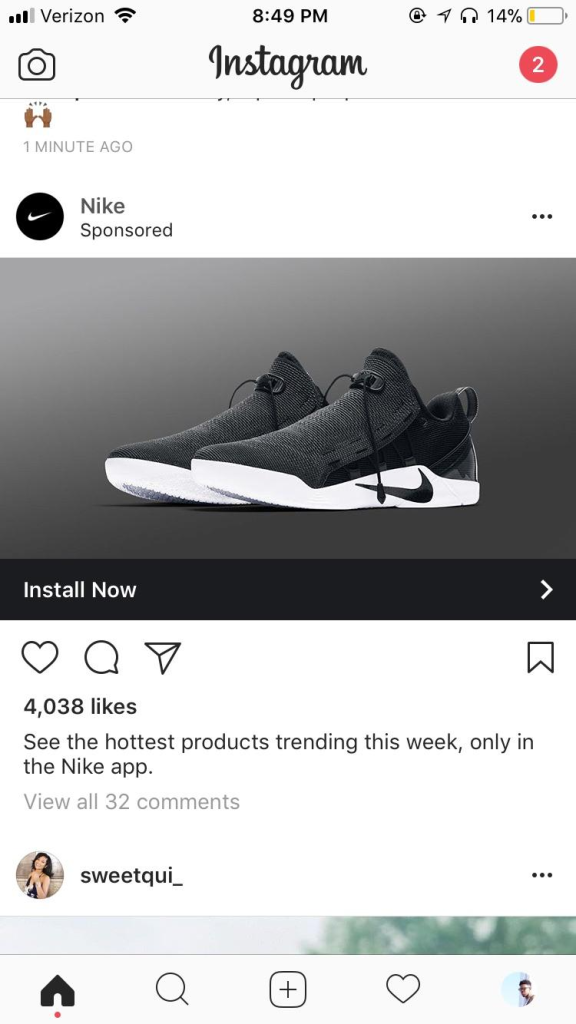
Consider Nike’s targeted Instagram ads promoting their new line of running shoes. Through paid campaigns, Nike can reach athletes, fitness enthusiasts, and fashion-forward individuals who may not yet follow their brand.
The ad may spark engagement through likes or clicks, but these interactions are often driven by the ad’s content rather than a long-standing emotional connection. While Nike benefits from a large volume of engagement, the quality of those interactions, especially among users who don’t have an existing relationship with the brand, may not be as deep or meaningful as the organic engagement Starbucks receives.
Conclusion
The key difference between organic and paid social media engagement lies in the depth of connection. Organic social media fosters genuine, long-term relationships, leading to more meaningful engagement. Meanwhile, paid social media can produce significant short-term engagement but may lack the emotional connection that organic efforts build.
#6 Cost and ROAS Considerations
| Aspect | Organic Social Media | Paid Social Media |
|---|---|---|
| Cost and ROAS | No direct cost for platform use, but requires time and resource investment and ROAS is slower and harder to measure. | Requires clear financial investment. The average CPC on Facebook is $0.94, and on Instagram is $1.23, while LinkedIn’s CPC averages $5.26. |
| Budget Suitability | Suitable for brands with limited budgets focused on long-term growth. A consistent posting schedule may require a dedicated team or freelancers, adding to indirect costs. | Ideal for businesses with a scalable budget. Social media ad spending varies widely, with small businesses typically investing $500–$5,000/month in paid campaigns. |
| ROAS Measurement | Hard to track precise ROAS but often measured through follower growth and engagement. Investment is primarily in time and staff, which can cost $15-$50/hour for social media management. | Easier to track ROAS using analytics tools. For instance, 65% of advertisers reported a measurable increase in sales from paid campaigns within 3 months. |
Conclusion
For brands prioritizing cost efficiency and long-term engagement, organic social media is often the best choice. Yet for those seeking faster, more measurable results, paid social media offers a direct path to achieving ROAS.
Organic vs. Paid Social Media: When to Use Each One
Are you wondering whether organic or paid social media is the right strategy for your brand? Both have unique benefits and fit different goals. Below, I’ll guide you on when to prioritize each approach to maximize your efforts and reach the right audience.
When to Use Organic Social Media
Organic social media works best when your focus is on building relationships and fostering long-term engagement. Here are key scenarios:
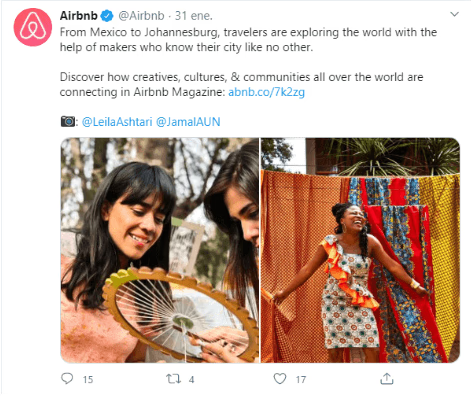
- Community Building: Strengthen your connection with existing followers by sharing engaging content, replying to comments, and sparking conversations.
- Brand Awareness: Establish your voice and presence with consistent posting of value-driven content, like educational tips or behind-the-scenes videos.
- Customer Support: Respond to inquiries and provide quick resolutions to customer issues directly through comments and direct messages.
When to Use Paid Social Media
Paid social media is ideal for driving measurable results in a shorter time frame. You should consider using it in these situations:
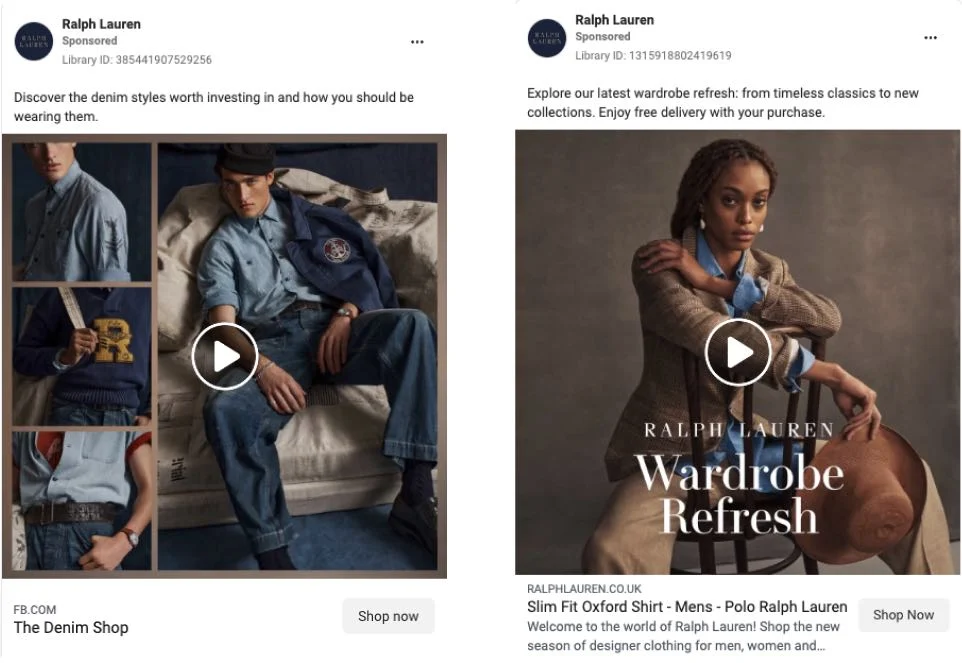
- Launching New Products: Use paid ads to generate immediate awareness and interest for new offerings.
- Targeting Specific Audiences: Leverage advanced targeting tools to reach potential customers based on demographics, interests, or behaviors.
- Driving Conversions: Run campaigns focused on clear objectives like increasing sales, lead generation, or event sign-ups.
>>> Read more: Top 15 Social Media Ads Advantages That You Shouldn’t Miss
Tips for Balancing Organic and Paid Social Media
Striking the right balance between organic and paid social media is essential for a strong online presence. Let’s explore how to combine these two approaches, with examples effectively.
#1 Set Clear Objectives for Each Strategy
Understanding when to use organic versus paid efforts is the first step in creating balance. Organic content excels at fostering long-term connections and brand loyalty. On the other hand, paid campaigns work best for specific, measurable goals like driving sales or increasing awareness.
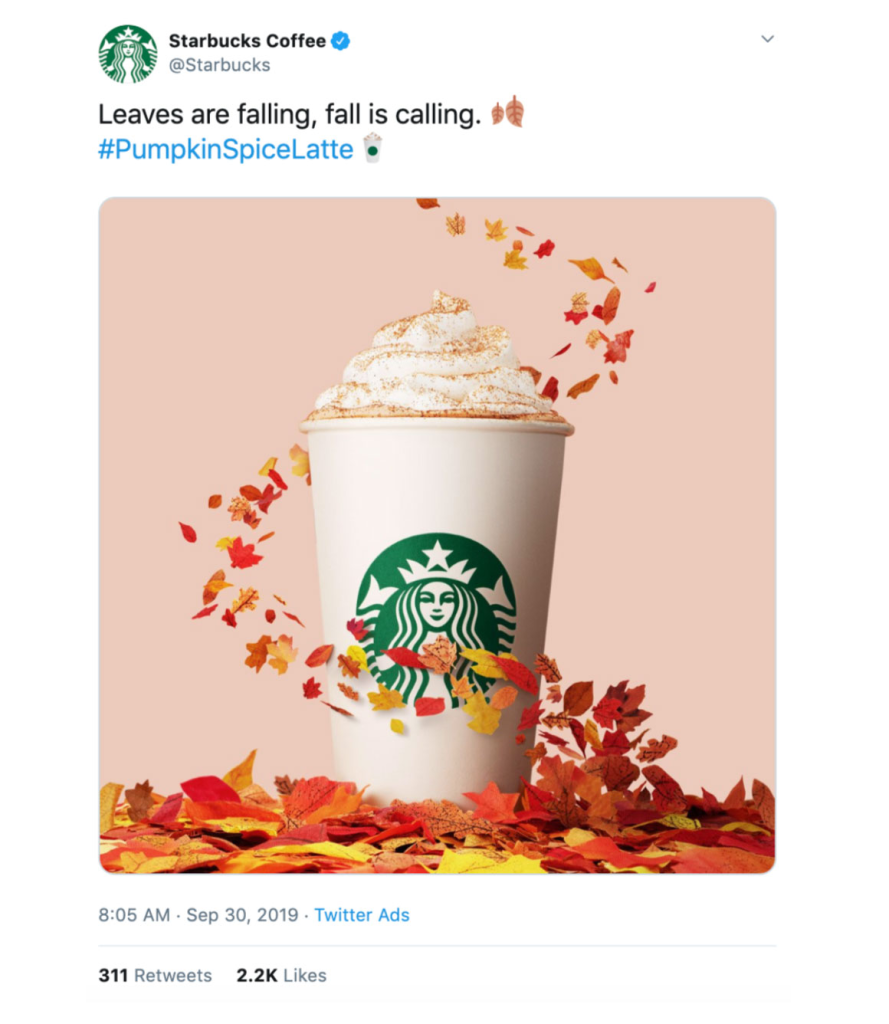
For example, Starbucks uses its Instagram feed to organically share behind-the-scenes stories, like the crafting of seasonal drinks, and interactive posts that invite followers to vote on their favorite flavors to keep the audience engaged while showcasing the brand’s personality.
To complement this, Starbucks runs hyper-targeted ads during its Pumpkin Spice Latte season. These ads not only target users who’ve engaged with past seasonal content but also use lookalike audiences to reach new users with similar interests, ensuring their campaign drives both awareness and conversions.
#2 Repurpose High-Performing Organic Content
Your organic social posts can serve as a testing ground for future paid campaigns. If a piece of content performs well, it’s a strong candidate for paid promotion. This approach helps save time and ensure your paid campaigns are backed by proven content.
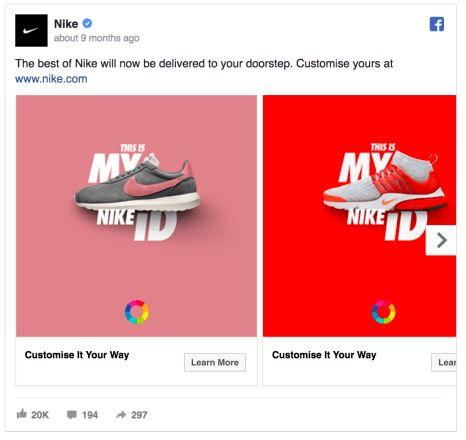
For instance, Nike posted an inspirational Instagram video showcasing athletes overcoming challenges, accompanied by a powerful call to action: “Just Do It.” The post resonated with their audience, generating thousands of shares and comments organically.
Recognizing its potential, Nike repurposed the video into a paid campaign, targeting fitness enthusiasts and hobbyists using interest categories like “workout gear” and “training programs.” Additionally, they layered in dynamic product ads featuring the gear worn by the athletes in the video, linking directly to their online store.
#3 Boost Organic Posts to Expand Reach
Boosting organic posts is a simple yet effective way to increase visibility for content that’s already performing well. You should focus on posts that resonate with your audience, such as those with high engagement rates, like shares or comments.
To get the most value, boost content that aligns with your current goals such as driving awareness, engagement, or sales. Additionally, you need to ensure the tone and visuals of the post match your brand’s voice, so the promotion feels authentic rather than overly salesy.
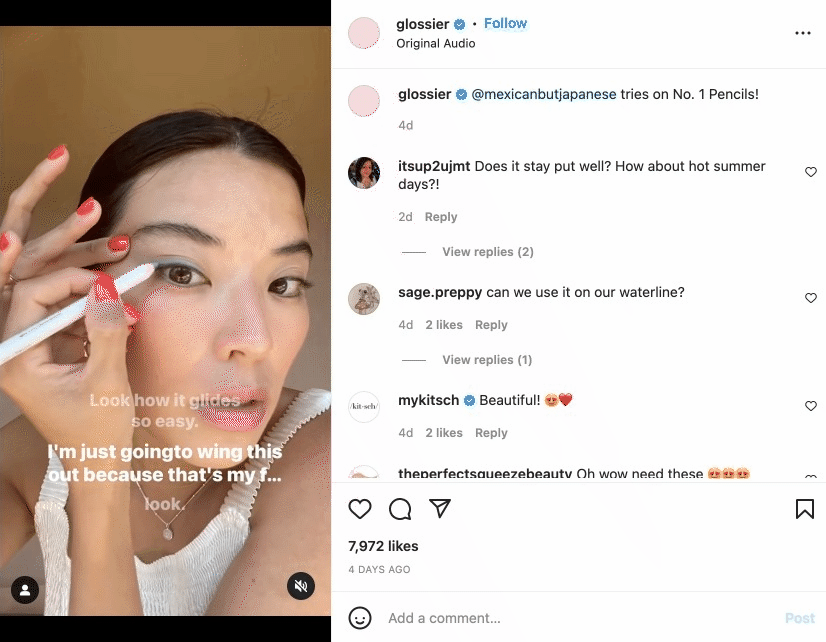
For example, Glossier boosts Instagram stories featuring user-generated content, such as customer testimonials or makeup tutorials. By amplifying these authentic posts, Glossier not only expands its reach but also attracts similar users who value peer recommendations. This strategy helps maintain their relatable brand image while achieving greater visibility and conversions.
#4 Use Data to Guide Optimization
You can start by analyzing organic metrics such as shares, saves, and comments to identify which types of content resonate most with your audience. For example, posts featuring user-generated content or educational tips may perform better, signaling areas to focus on.
On the paid side, track metrics like click-through rates (CTR), cost-per-click (CPC), and conversion rates to evaluate the effectiveness of your campaigns. Together, these insights help refine your strategy and ensure your efforts are aligned with audience preferences.
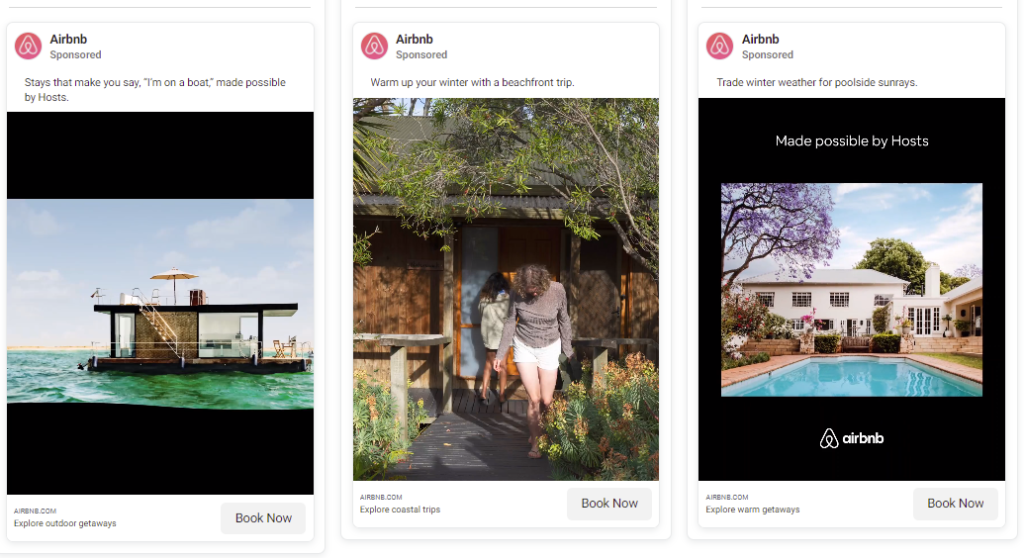
Airbnb demonstrates this approach by using data from their organic posts. For instance, they monitor engagement on travel inspiration posts showcasing destinations like Paris or Bali. When a specific destination garners significant attention, they use this insight to create targeted paid campaigns.
These ads include visually stunning images of the destination paired with exclusive discounts, aimed at users who have previously interacted with similar content. This data-driven approach allows Airbnb to amplify successful organic themes, ensuring paid campaigns perform more effectively while maintaining consistency in messaging.
#5 Pair Efforts for Key Campaigns
Organic content is ideal for generating buzz, fostering engagement, and building anticipation among your existing audience. Meanwhile, paid campaigns amplify that excitement, ensuring your message reaches a broader, more targeted audience ready to take action. For a seamless strategy, ensure your organic and paid efforts align in messaging and visuals, delivering a consistent experience across channels.
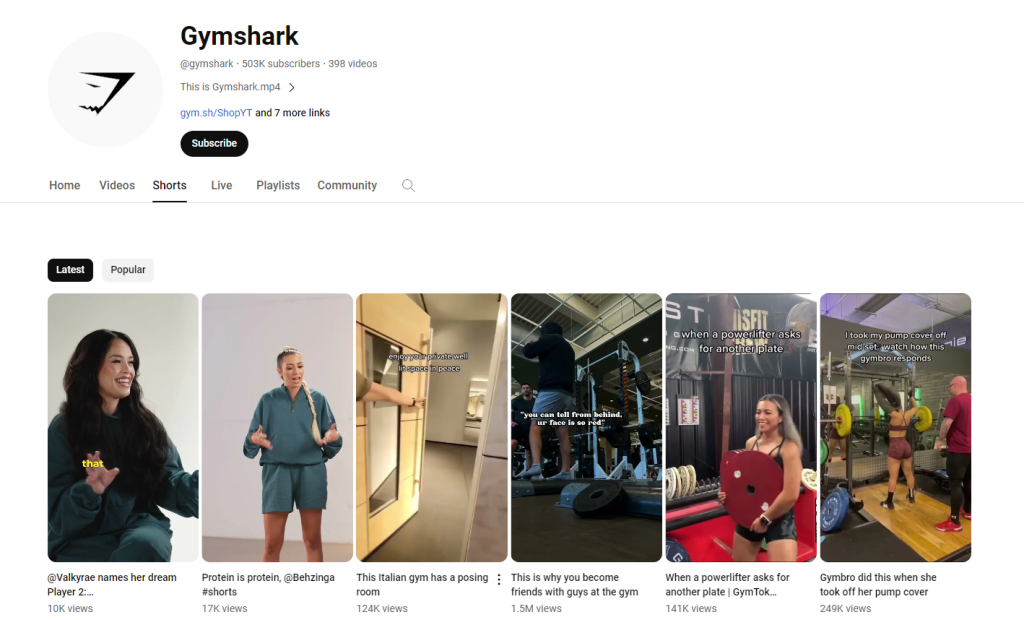
Gymshark is a great example of this during Black Friday. They start by posting organic Instagram Reels showcasing their workout gear in action, often featuring fitness influencers and high-energy routines that resonate with their followers to generate engagement and build excitement for upcoming offers.
At the same time, they launch paid ads promoting exclusive Black Friday discounts on their best-selling items, targeting fitness enthusiasts using interest-based and behavior-driven criteria. Because the paid ads echo the tone and visuals of the organic posts, the campaign feels unified.
Wrap Up
Above, I gave you a detailed breakdown of organic vs. paid social media strategies. Each has its own strengths – organic for long-term engagement and paid for quick visibility and targeted reach. I hope through my guidance, you can build a strong, sustainable online presence that drives measurable results for your campaign.







